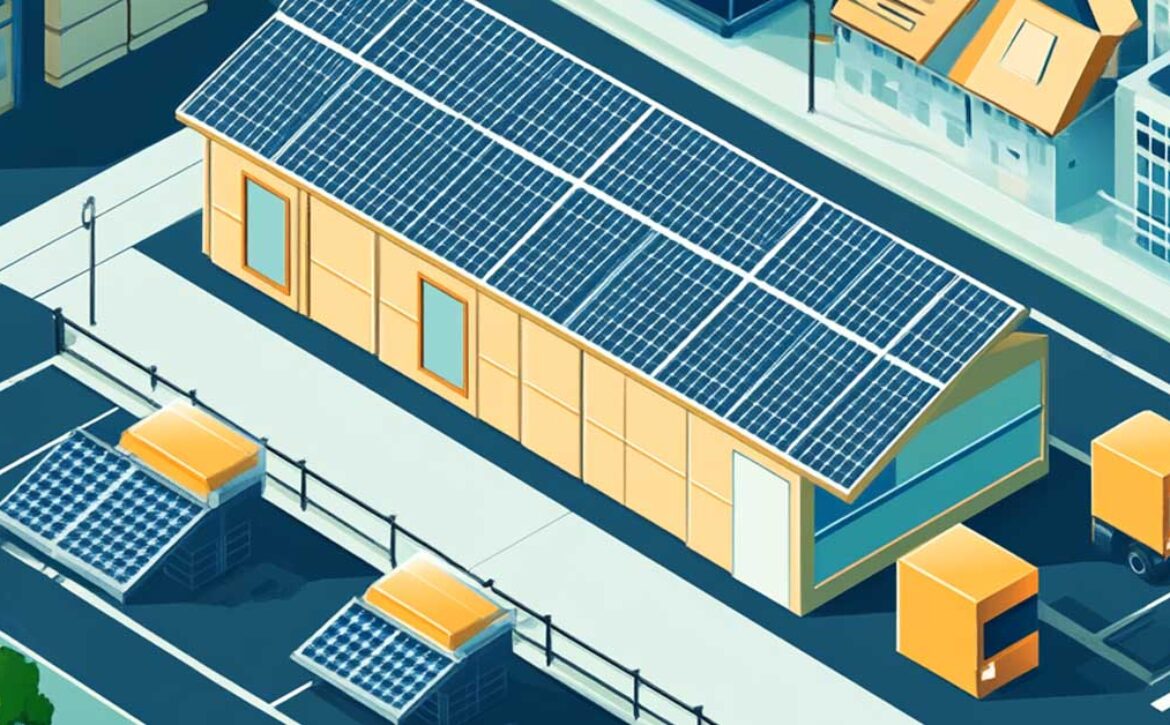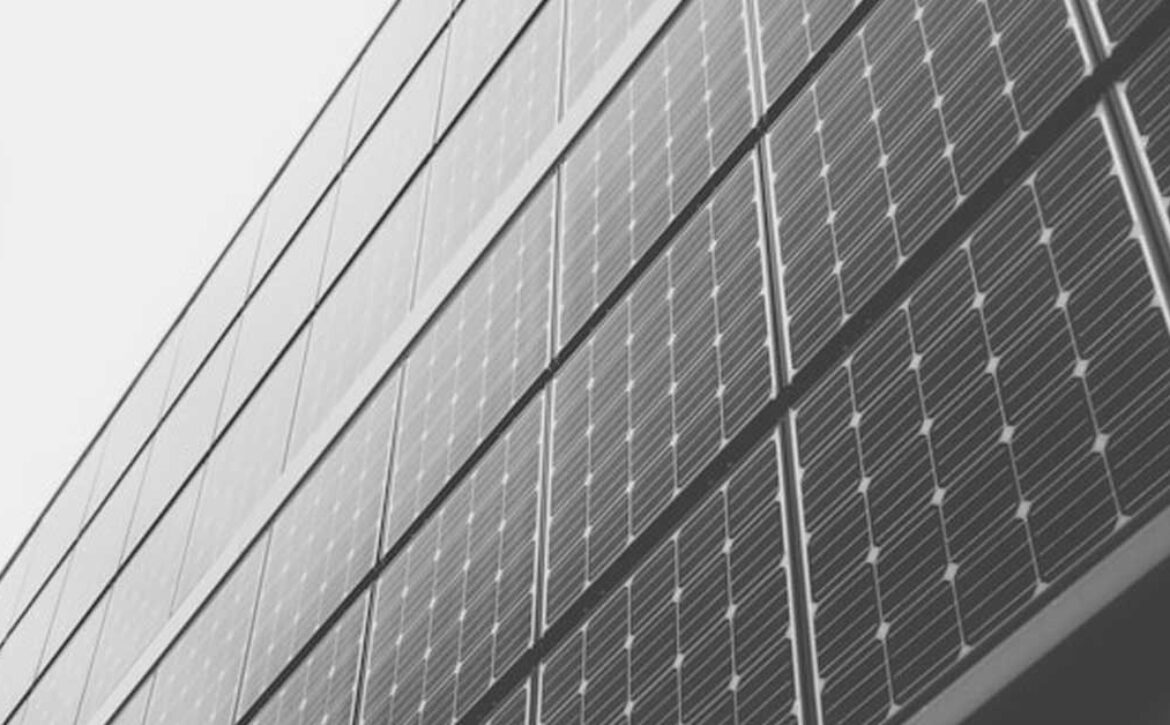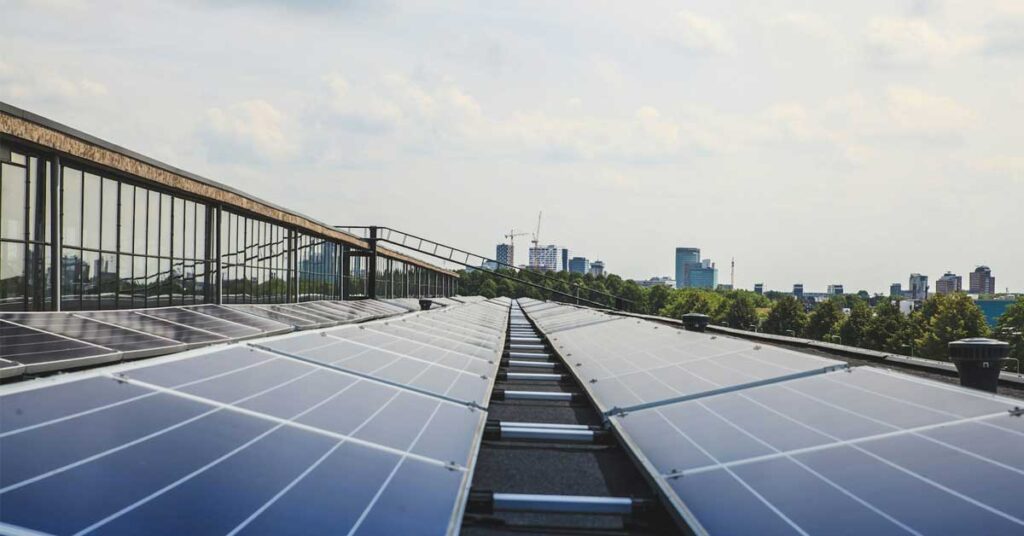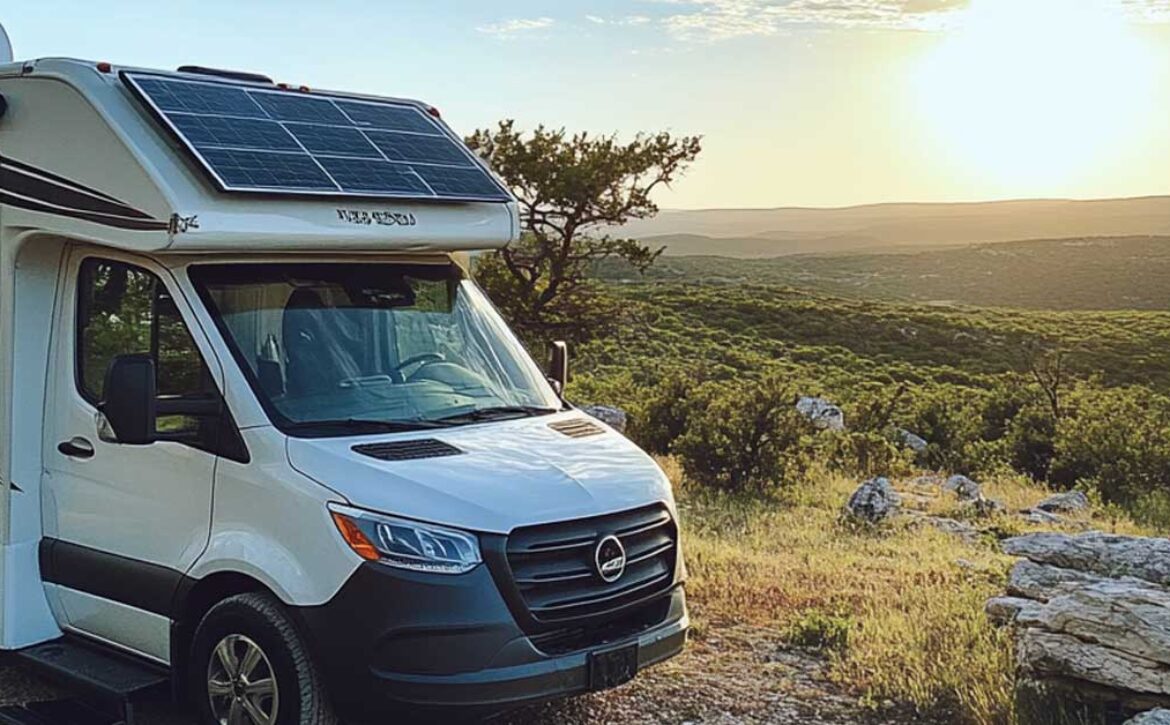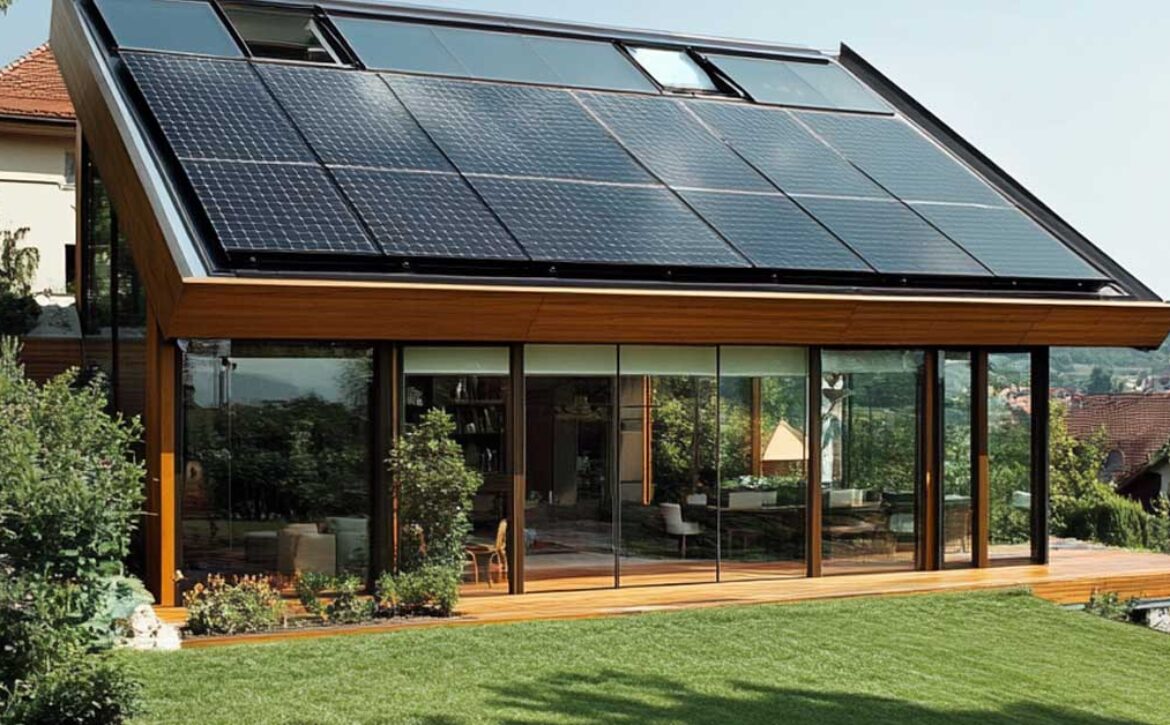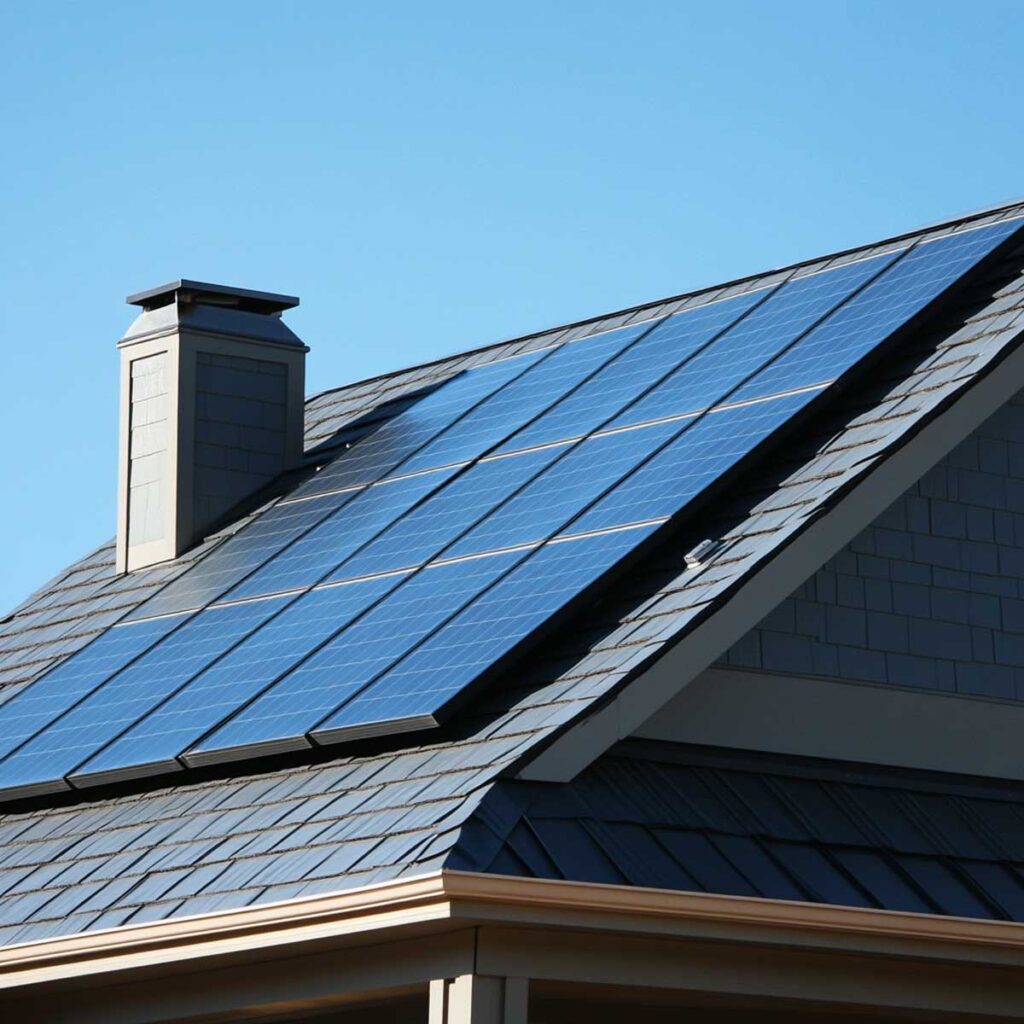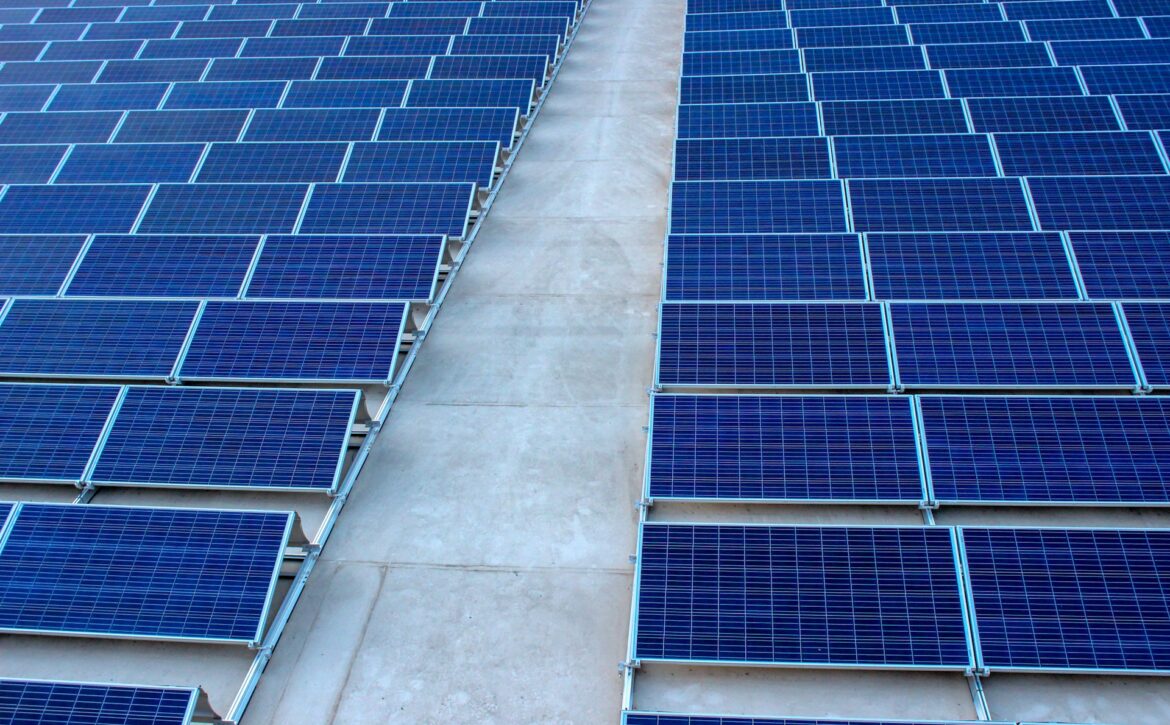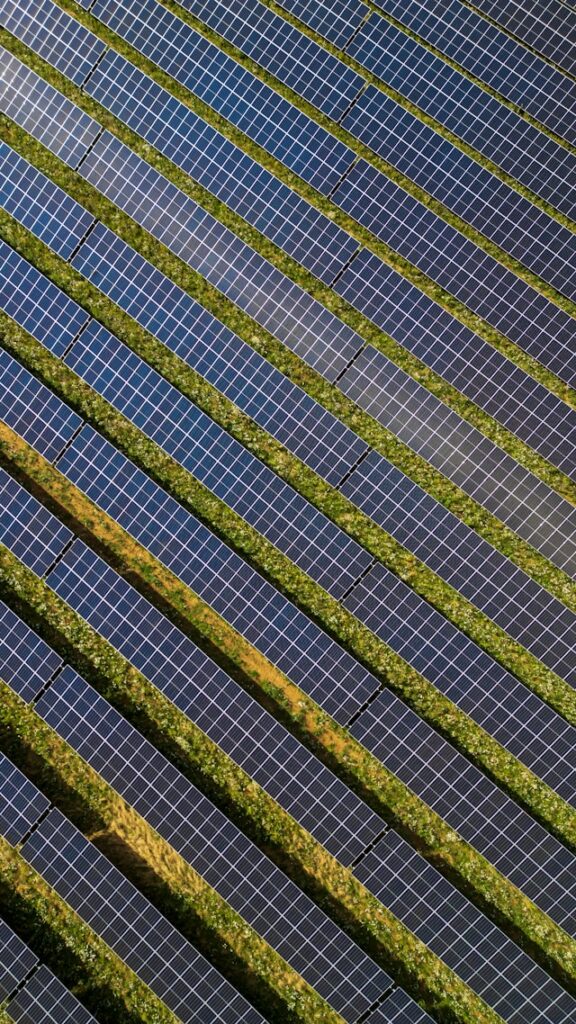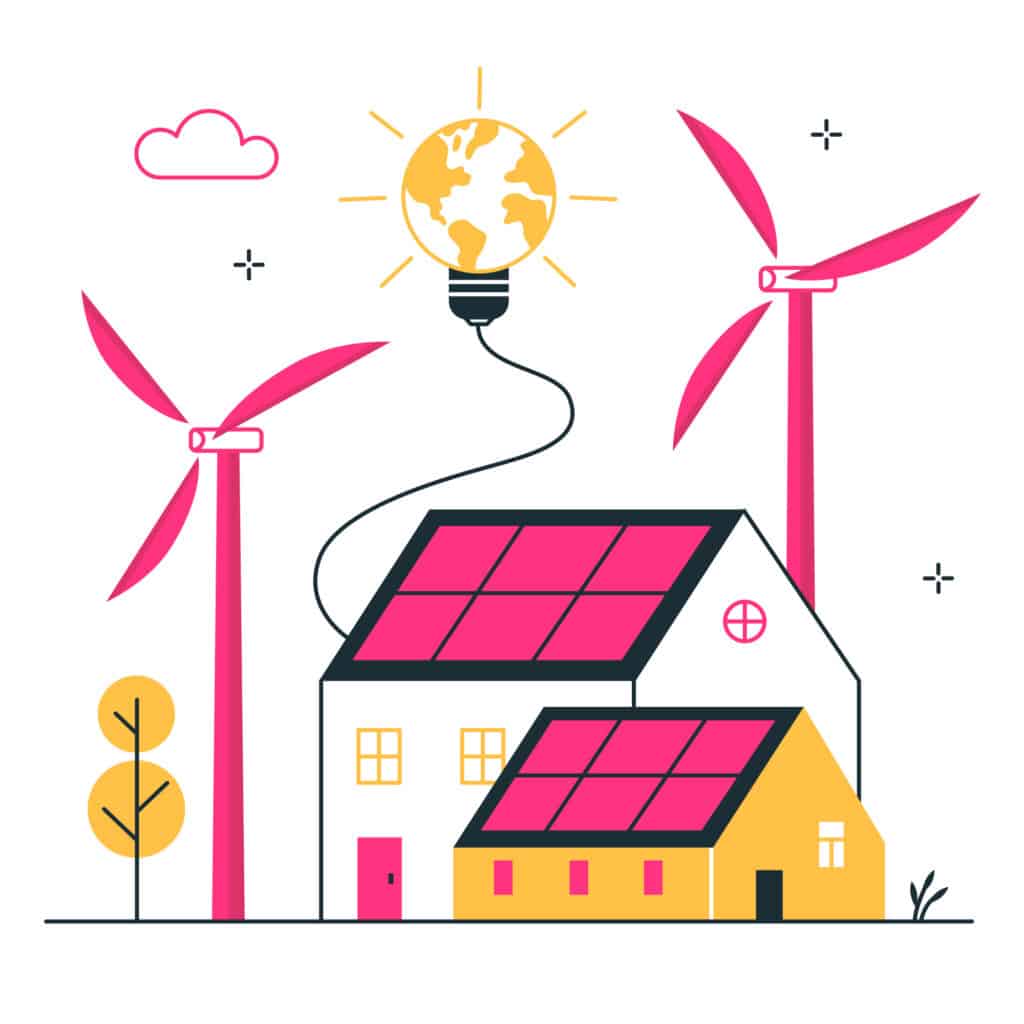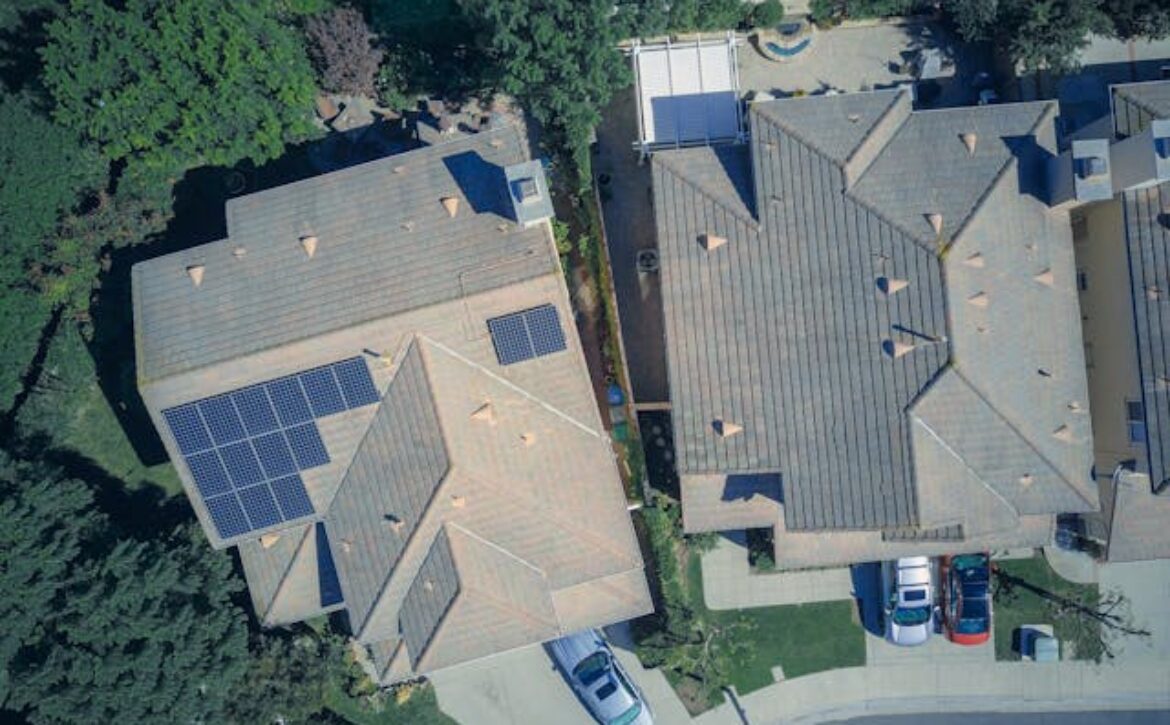Are Solar Panels Recyclable? A Comprehensive Guide
As the world embraces renewable energy, the surge in solar panel installations is revolutionizing the way we power our lives. But a pressing question remains: Are solar panels recyclable? With an expected lifespan of 25–30 years, these panels will eventually reach the end of their productive lives, leading us to consider the environmental implications of their disposal. In this article, we’ll explore the intricacies of solar panel recycling, its benefits, challenges, and the current state of recycling efforts worldwide.
You May Also Like: Common Misconceptions About Solar Energy
Understanding Solar Panel Composition
Solar panels consist of several key components, each with unique recycling challenges:
- Glass (approximately 75% of a panel): A highly recyclable material used to cover and protect the solar cells.
- Silicon (20% of the panel): The core material in most panels, found in the photovoltaic (PV) cells that convert sunlight into energy.
- Metals: These include aluminum (used for the frame) and small quantities of silver and copper, which are also recyclable and valuable.
- Plastic and Polymers: These materials make up the backsheet and encapsulation, protecting the internal components from weather and external damage.
These components vary based on the type of panel, with silicon-based and thin-film panels representing the majority of the market. While materials like glass and metals are relatively easy to recycle, silicon cells and encapsulation layers require specialized processes, making recycling more complex and less widespread.
You May Also Like: How to Use Solar Power for Your RV
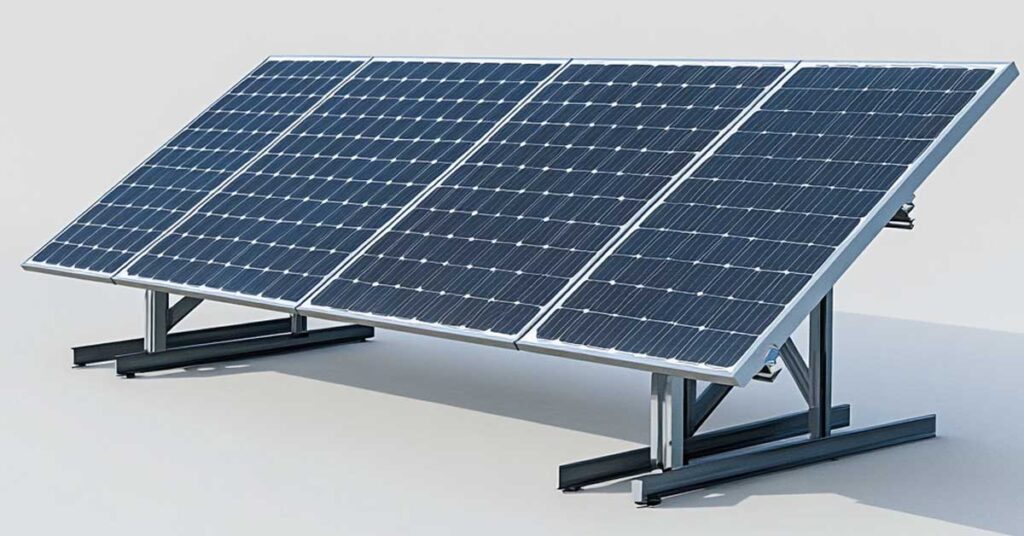
Why Solar Panel Recycling Matters
With millions of panels expected to reach the end of their lifespan within the coming decades, solar panel waste could become a significant contributor to electronic waste. By 2050, some estimates suggest that discarded solar panels could represent 10% of the world’s e-waste, making efficient recycling essential for reducing environmental harm. Recycling solar panels not only prevents potential contamination from toxic components like cadmium (in thin-film panels) but also conserves valuable resources and supports a circular economy in the renewable energy sector.
The Recycling Process for Solar Panels
Recycling solar panels requires dismantling and separating their complex parts, each with unique processing needs:
1. Dismantling and Initial Separation
- The recycling process starts by removing the frame, cable, and junction box, which contain recyclable metals like aluminum and copper.
- Once stripped down, the remaining panel (glass, silicon, and other metals) is prepared for further separation.
2. Glass and Metal Recovery
- Glass makes up the bulk of the panel’s mass and can be separated using mechanical processing, which crushes the panel and sifts the glass out from other materials. The separated glass can be recycled for use in new products or repurposed for construction.
3. Silicon and Semiconductor Recovery
- Silicon is more challenging to recover. After the glass and metals are separated, the remaining silicon cells can be processed through thermal or chemical treatments.
- In thermal recycling, high temperatures melt away plastic components, leaving behind the silicon. In chemical recycling, solvents dissolve the encapsulation around the cells, allowing for more refined recovery.
4. Advanced Techniques
- Some newer recycling methods employ robotics, high-temperature processes, and chemical baths to separate valuable materials like silver and copper from silicon cells. These methods aim to improve recovery rates and material purity, although they are still relatively costly and limited in scale.
You May Also Like: Common e-Bike Issues: Troubleshooting and Solutions
Challenges in Solar Panel Recycling
Despite the benefits of recycling solar panels, there are significant barriers to widespread adoption:
- Cost-Effectiveness: The cost of recycling solar panels often outweighs the value of recovered materials. New panels are relatively inexpensive to manufacture, making it economically challenging for recyclers to compete.
- Lack of Standardization: Solar panels come in various designs and compositions, complicating the recycling process.
- Limited Infrastructure: Currently, only a few countries have established dedicated facilities for solar panel recycling. Most facilities that recycle solar panels repurpose the glass, with other components sent to general e-waste facilities, where they may not be processed as efficiently.
The Current Global Landscape for Solar Panel Recycling
Some regions have made strides in solar panel recycling through legislative support and industry initiatives:
- Europe: The European Union is leading the charge with the Waste Electronic and Electrical Equipment (WEEE) directive, which mandates recycling for e-waste, including solar panels. Europe is home to specialized facilities that focus on recovering high-purity materials from solar panels.
- United States: Solar recycling is still limited in the U.S., where the cost of recycling panels often drives manufacturers and owners to opt for landfilling. However, states like Washington have introduced mandates that require manufacturers to create end-of-life recycling programs for their products.
- Asia and Australia: Countries like Japan, South Korea, and Australia are developing policies to manage solar panel waste. For example, Australia is piloting initiatives to create efficient recycling networks for solar panels, given the country’s high rate of solar adoption.
You May Also Like: Motivation Skills for Effective Leadership
How to Recycle Solar Panels Today
While recycling options for solar panels are limited, consumers and businesses can take proactive steps to responsibly dispose of panels:
- Manufacturer Take-Back Programs: Some companies, like First Solar, offer recycling programs where customers can return their end-of-life panels directly to the manufacturer.
- Specialized E-Waste Facilities: In regions with limited recycling options, panels can sometimes be accepted at e-waste facilities that specialize in glass and metal recovery. However, the recycling of silicon cells and polymers may still be restricted.
- Local Solar Recycling Directories: Certain states and regions maintain databases of recycling facilities that accept solar panels. Checking with state agencies or environmental organizations can provide localized options.
Future Prospects: Innovations in Solar Panel Recycling
The future of solar panel recycling is promising, with innovative methods being developed to make the process more economical and efficient:
- Robotic Dismantling: Some facilities are now using robots to efficiently separate glass, silicon, and metals, reducing costs and increasing recovery rates.
- Chemical Processing for High-Purity Recovery: Advanced chemical techniques that dissolve encapsulated polymers are being explored to recover high-purity silicon and rare metals.
- Collaborative Industry Efforts: The solar industry, along with governments and environmental agencies, is investing in research to optimize recycling processes. For example, researchers are working on new techniques that may allow for more comprehensive material recovery, including high-value rare earth metals, further incentivizing recycling.
You May Also Like: Mastering Voice Search and Local SEO: Boost Your Business Visibility in 2024
Final Thoughts on Solar Panel Recycling
Solar panels are, indeed, recyclable, though the process is currently fraught with challenges. Given the growing importance of solar energy in the global shift toward renewable resources, efficient recycling will be crucial to mitigate waste and reduce environmental impact. While recycling infrastructure is still developing, ongoing innovations and governmental support could pave the way for a sustainable, closed-loop system in solar energy.
As we advance, understanding how to recycle and responsibly manage end-of-life solar panels will be essential. This knowledge empowers consumers, solar manufacturers, and policymakers to push for greener, more sustainable solutions in renewable energy.

 ABB Miniature Circuit Breaker - SH201 - 1P - 20 A - C - (AC) 6 kA
ABB Miniature Circuit Breaker - SH201 - 1P - 20 A - C - (AC) 6 kA  Easy9 miniature circuit breaker- 1P - 10 A - C curve - 6000 A - 230 V
Easy9 miniature circuit breaker- 1P - 10 A - C curve - 6000 A - 230 V 
